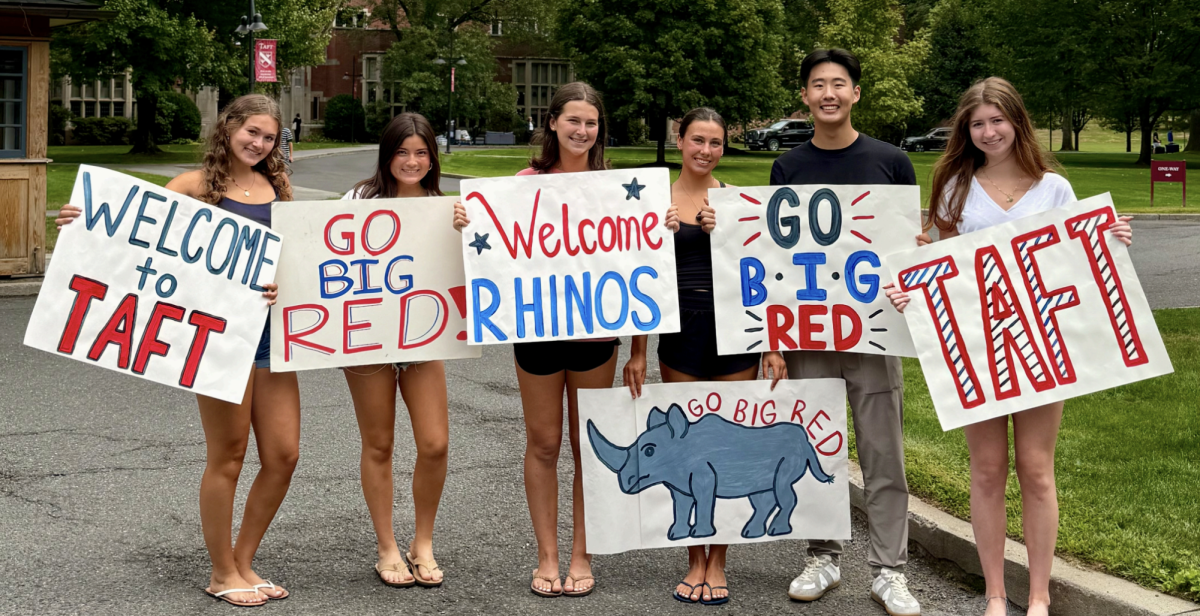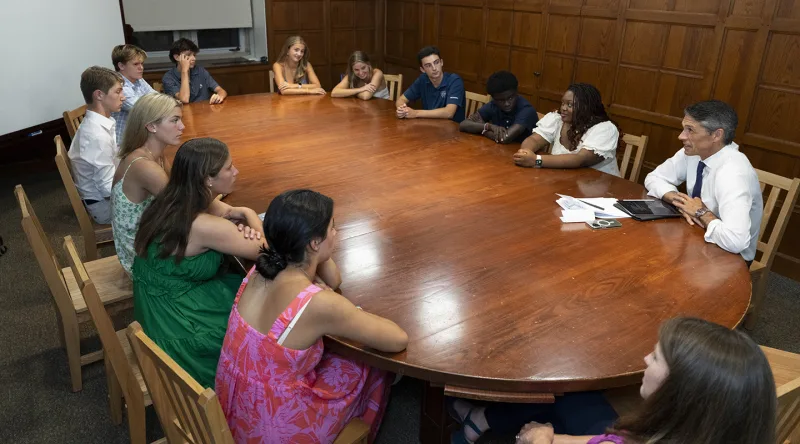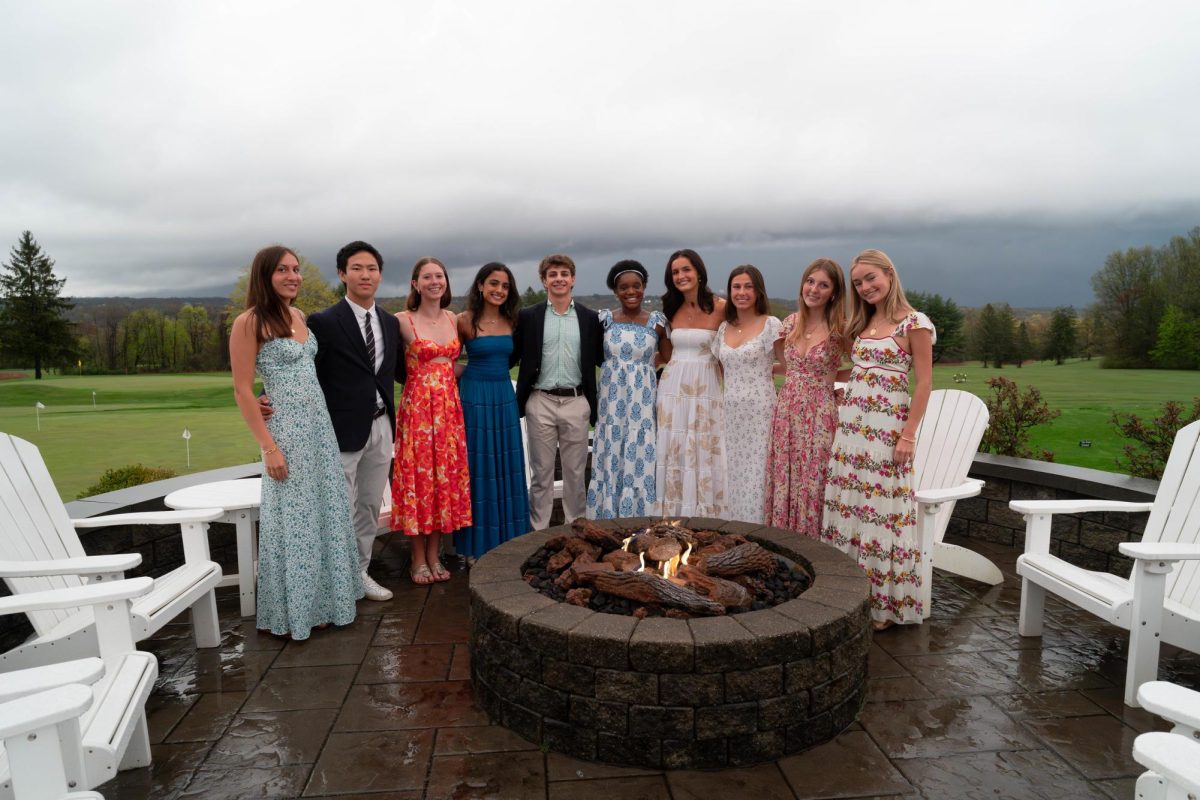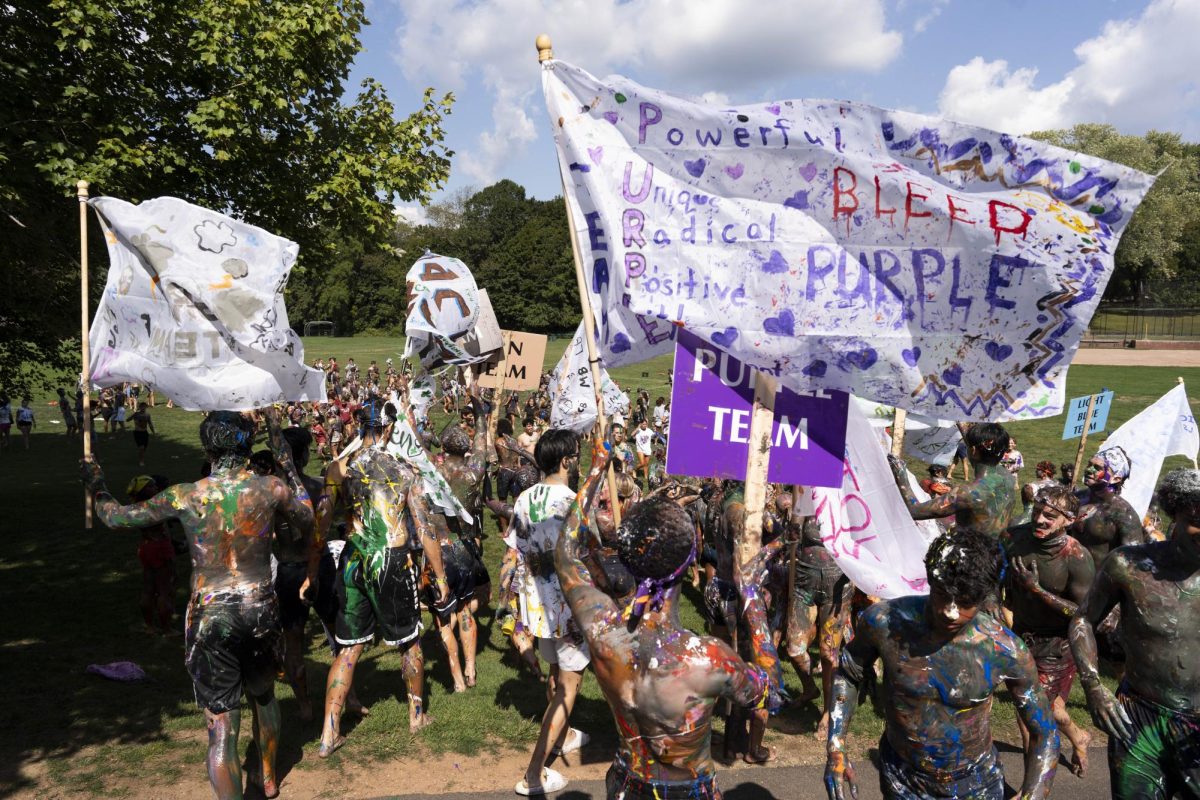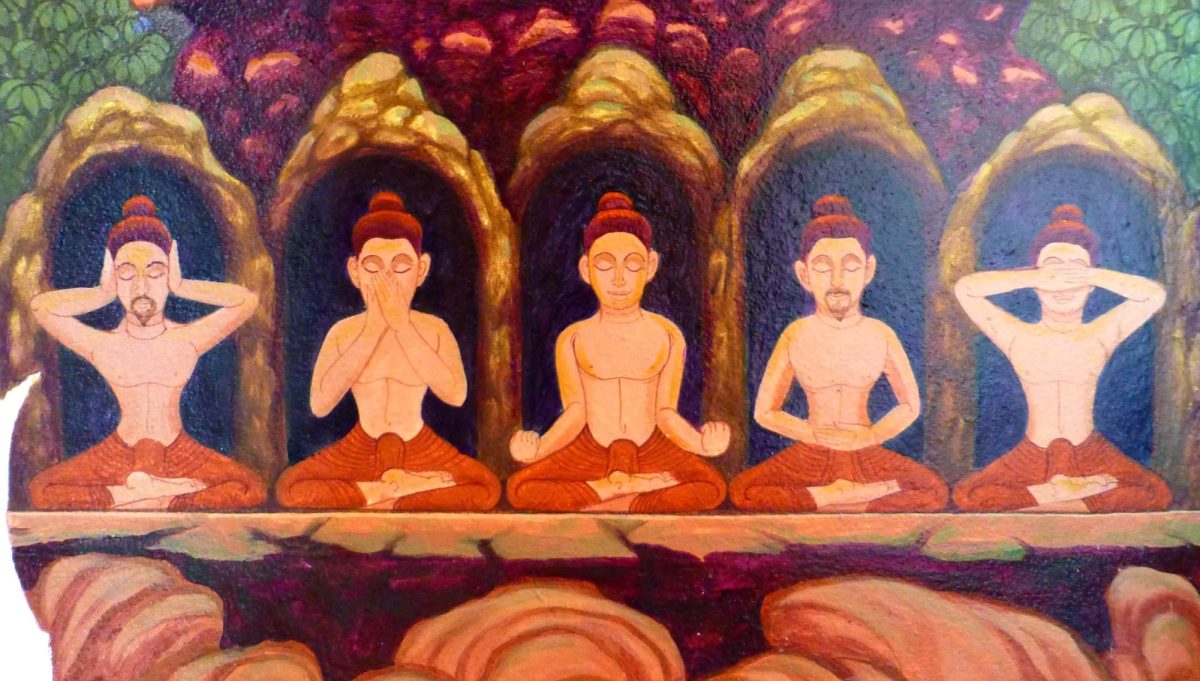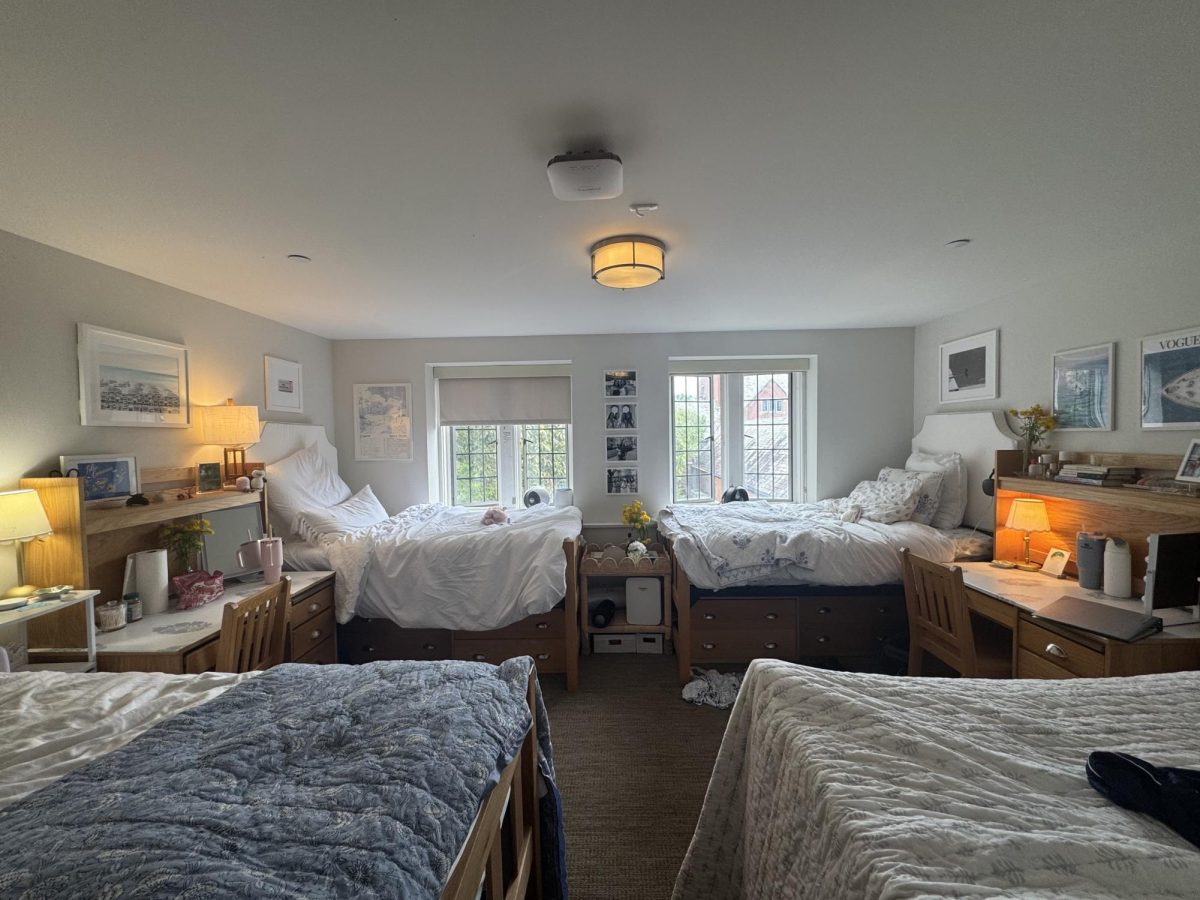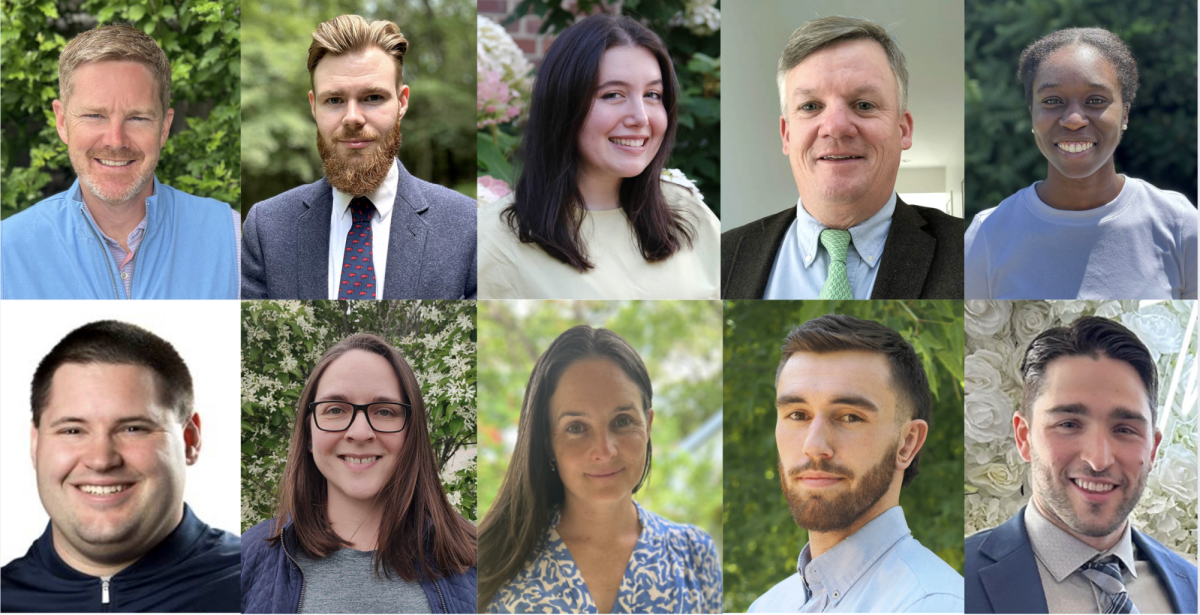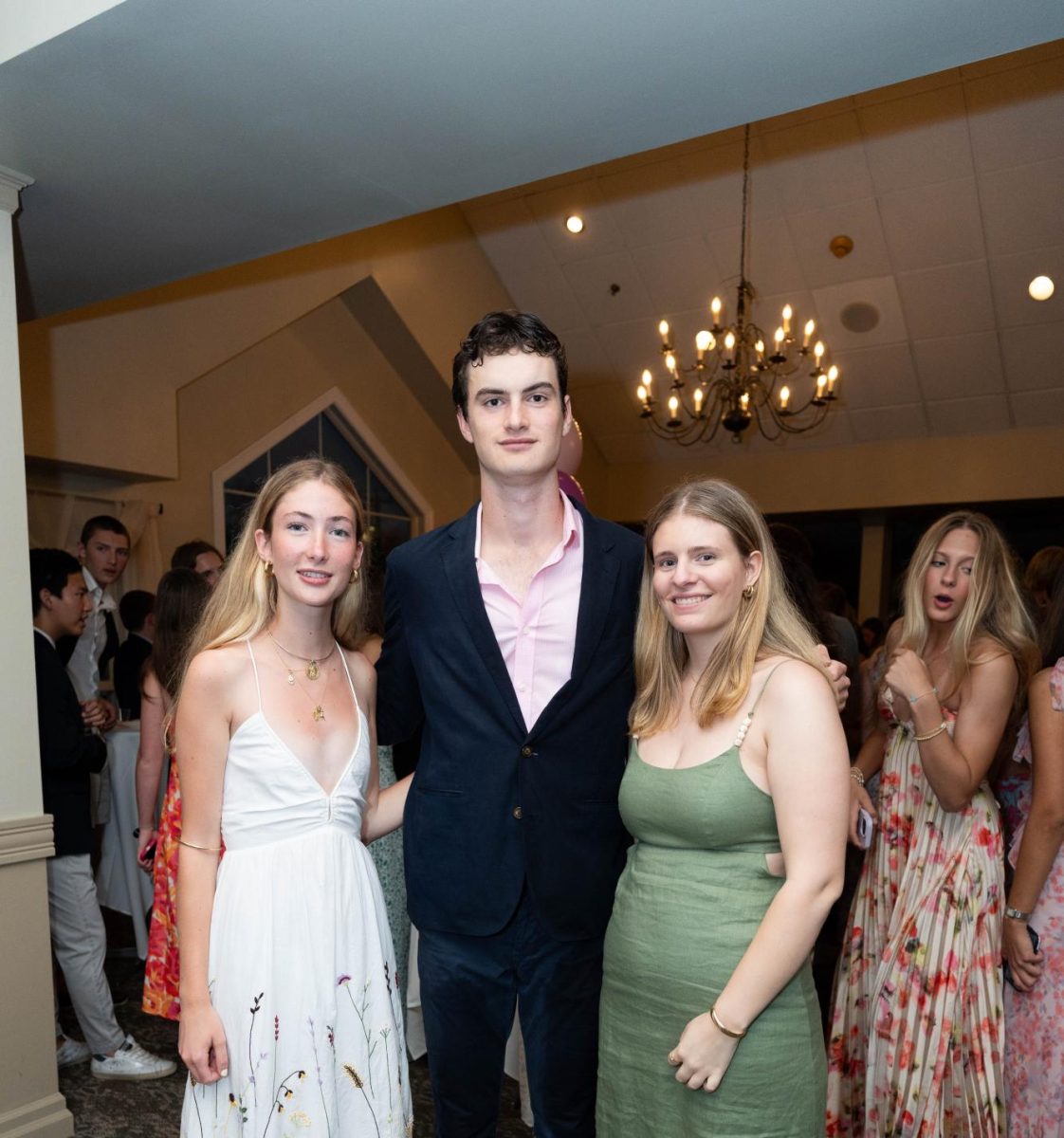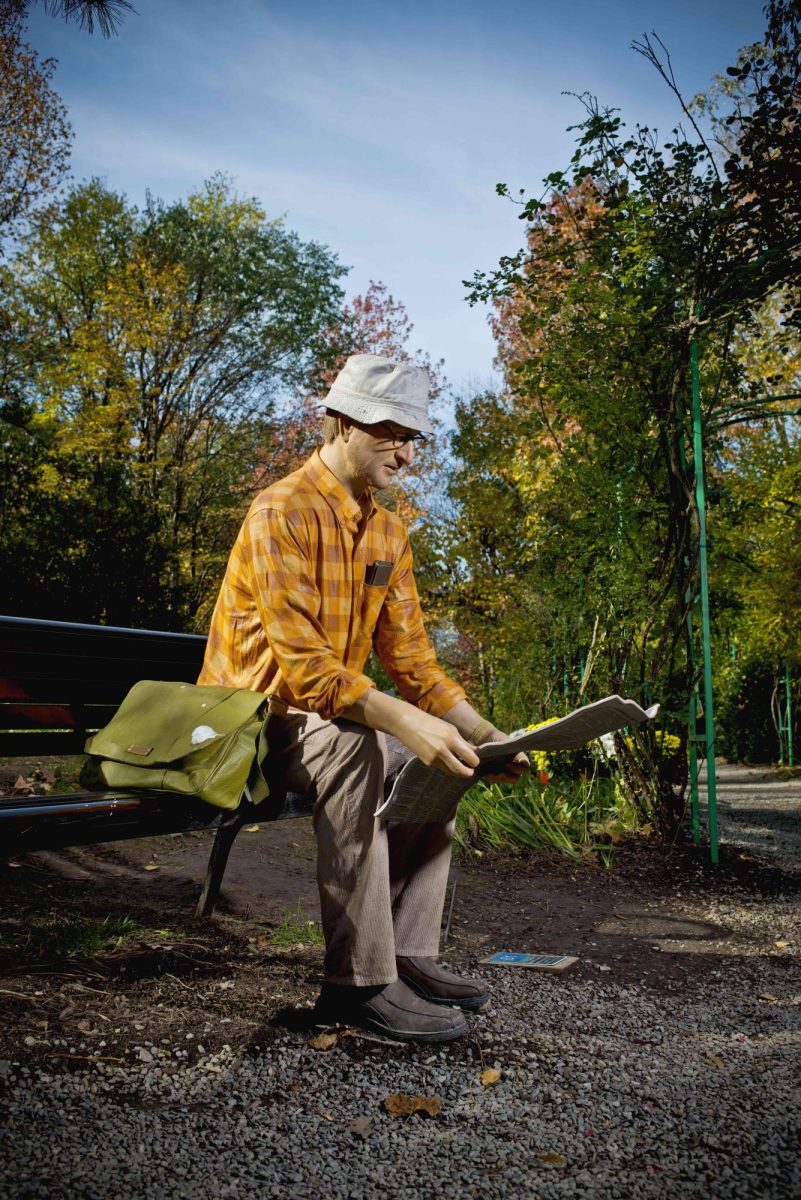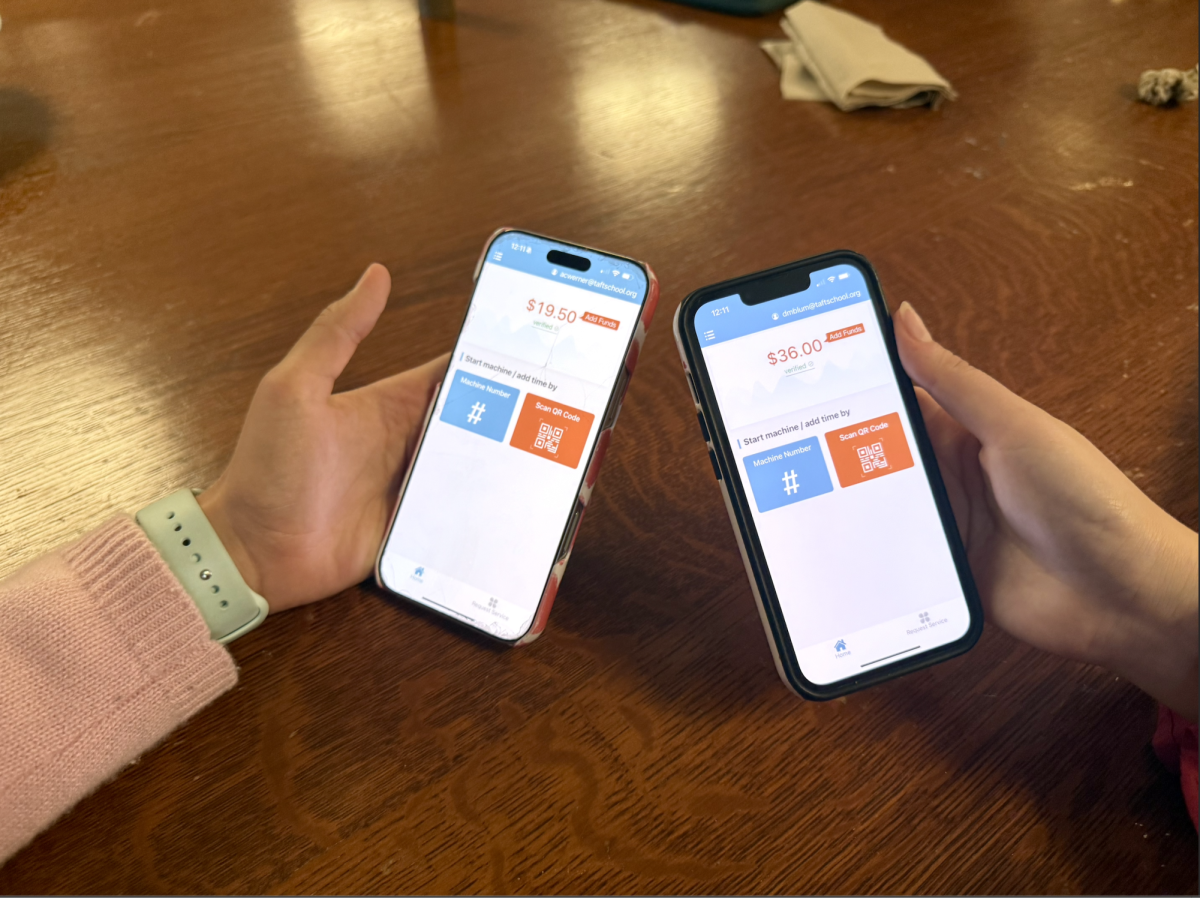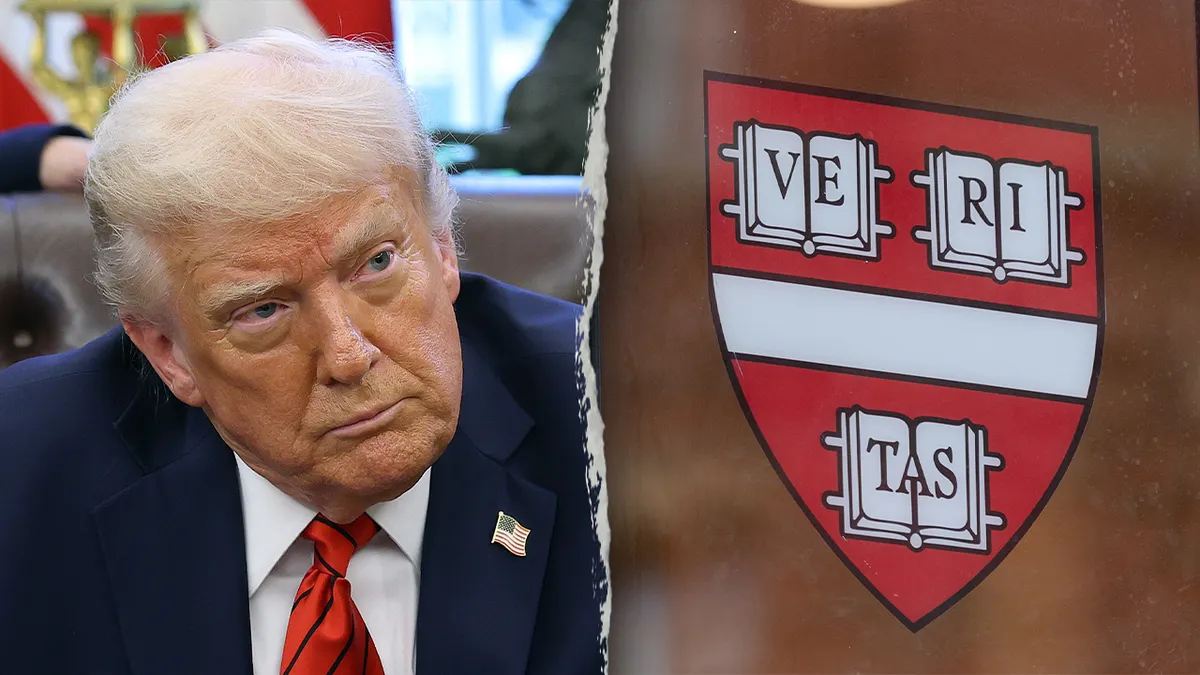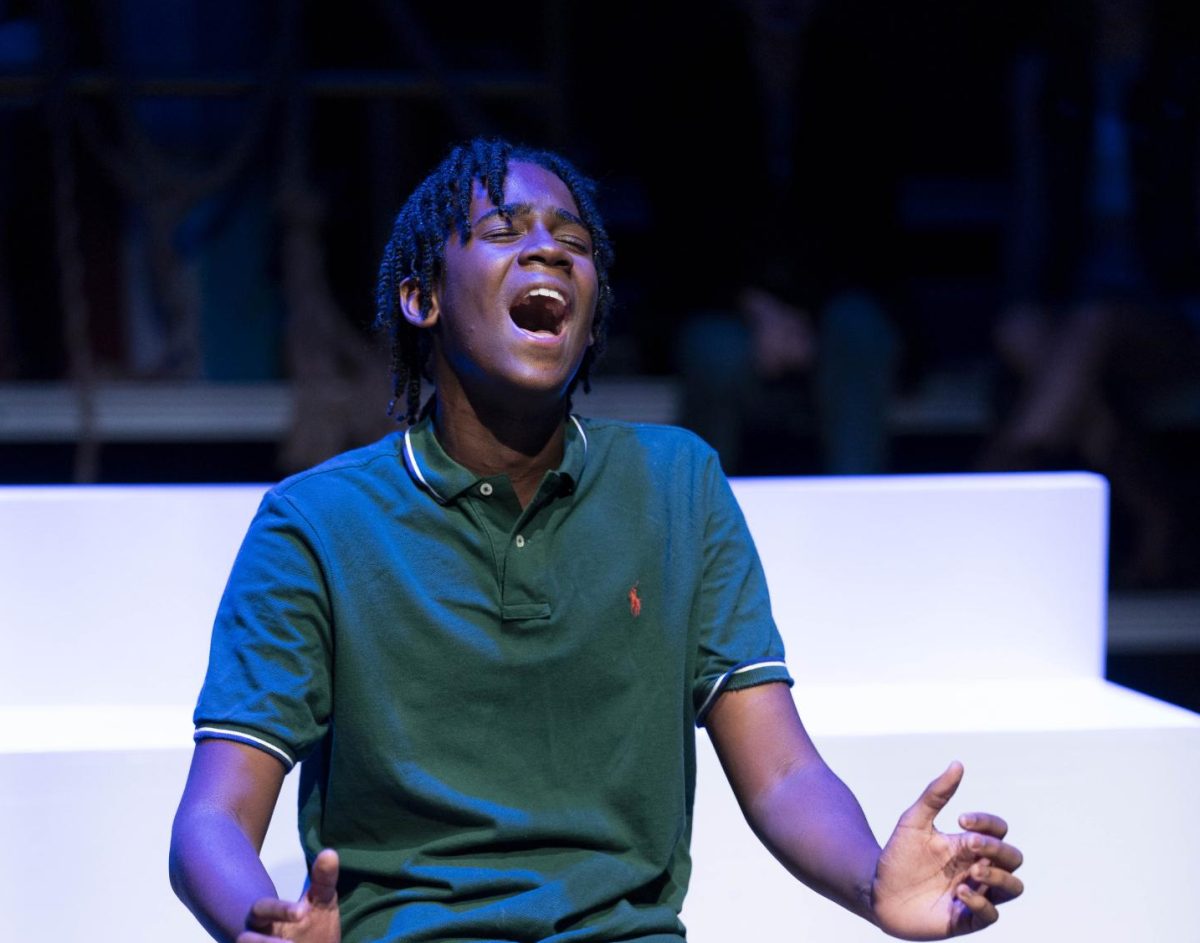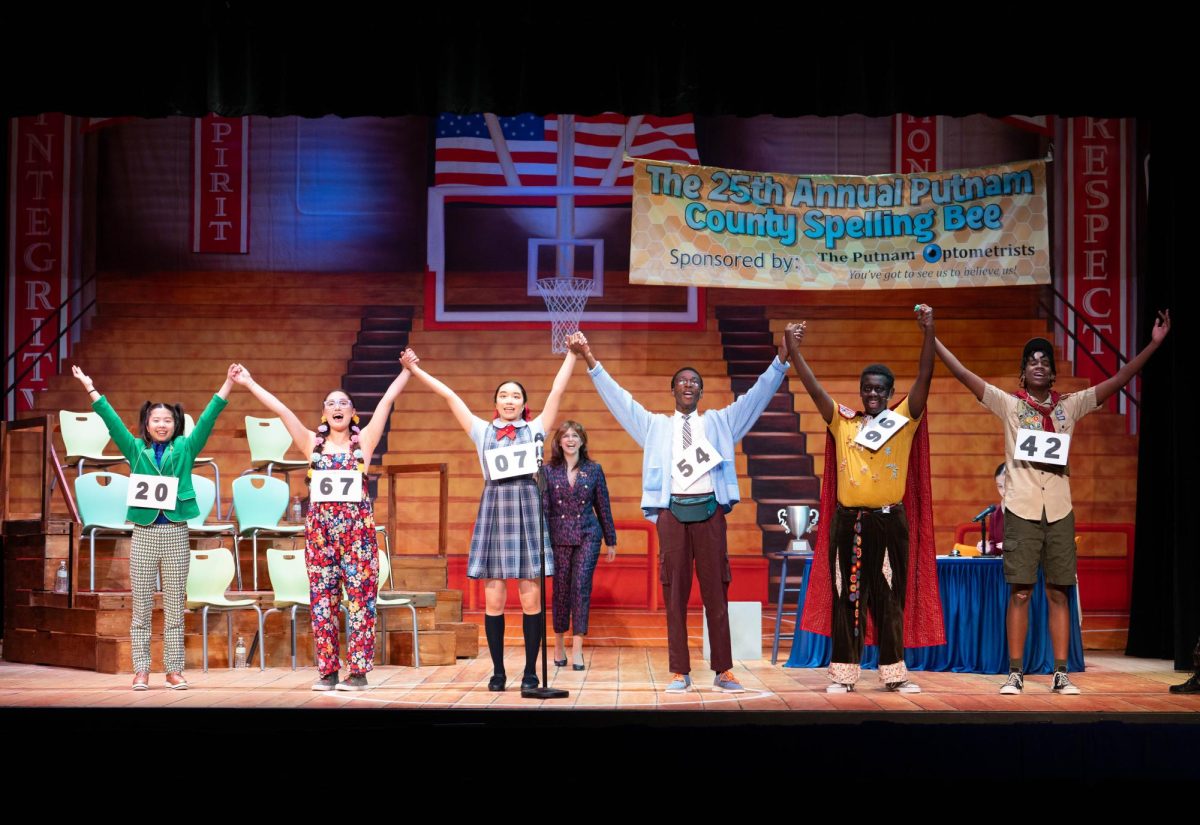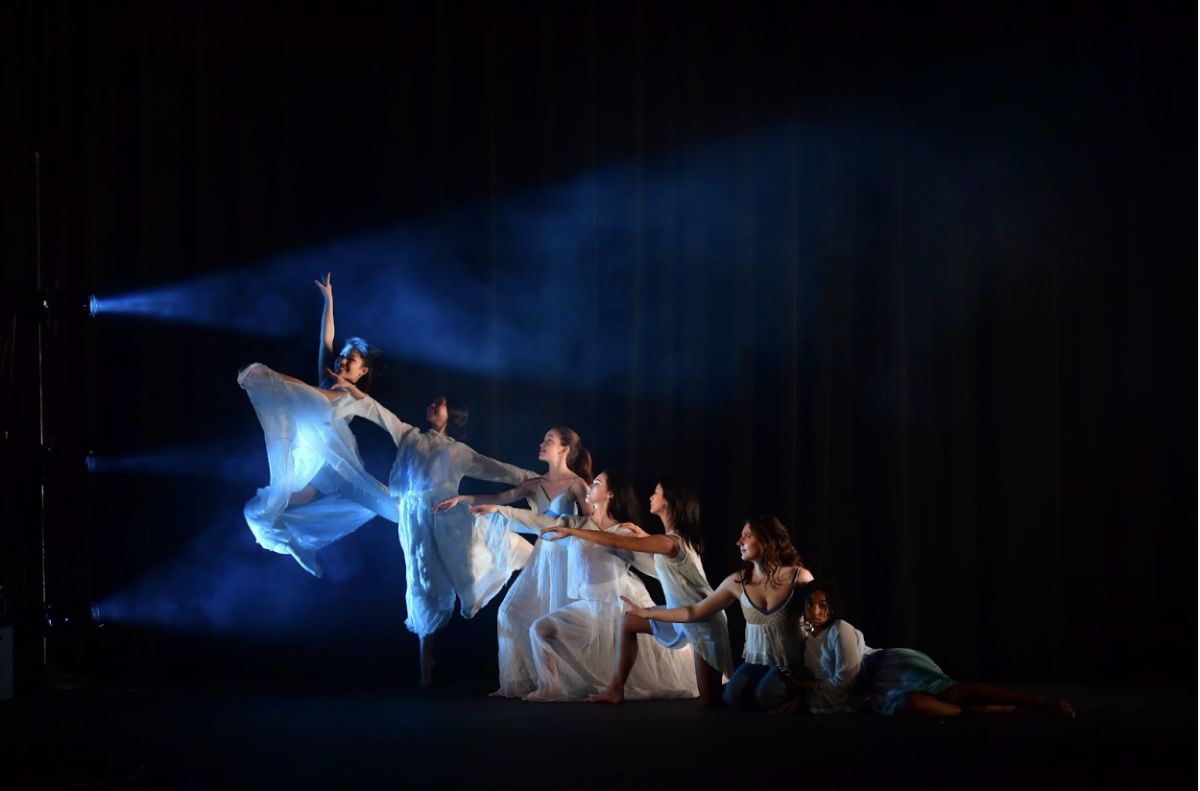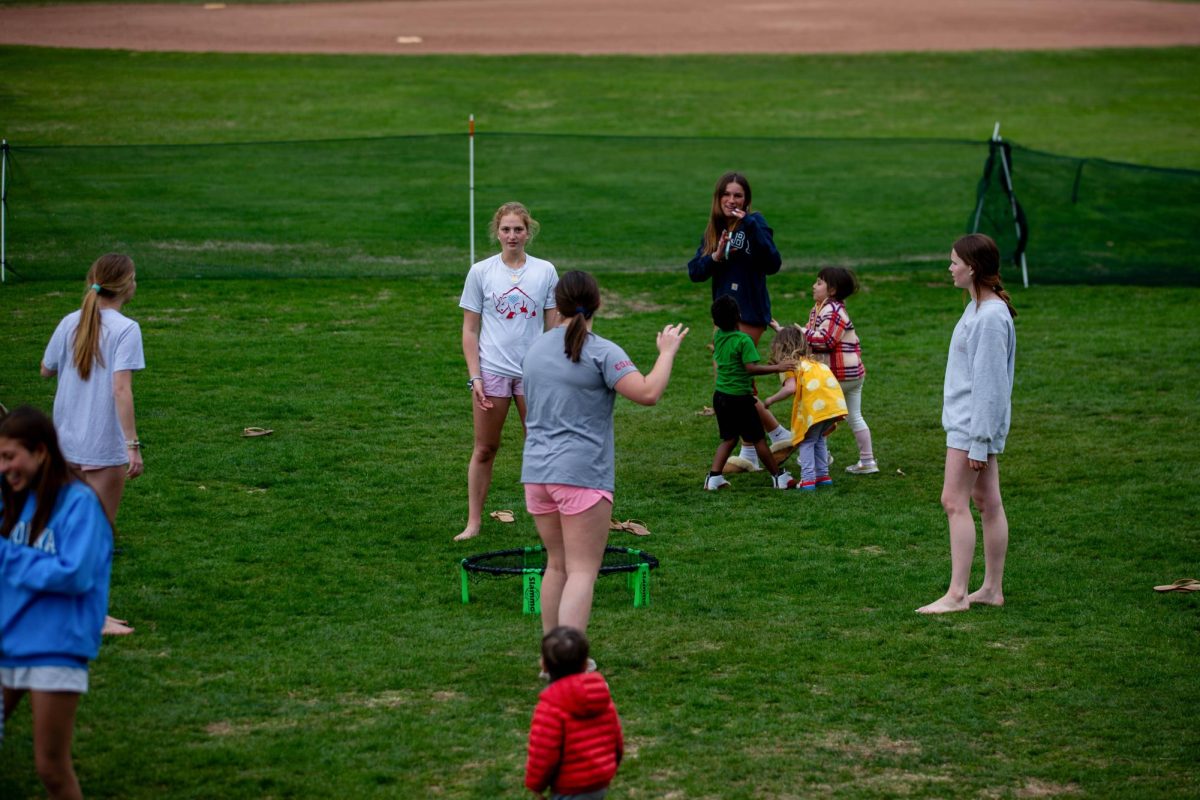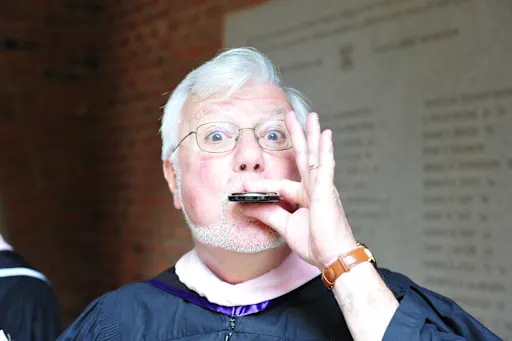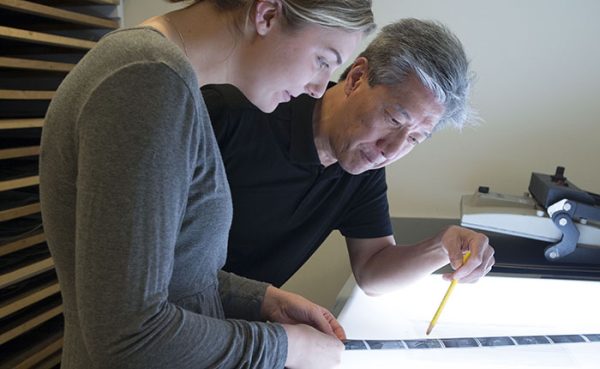
In the spring semester of my junior year, I needed to take one more art class to fulfill my requirement. My choices were limited: either join Dance for Everyone or try to get into Photography 3. As an amateur photographer, I took a chance and sent a portfolio to Mr. Yin, the photography teacher, hoping he’d make an exception. To my surprise and relief, he did. That class turned out to be the highlight of my semester.
Photography 3 was unlike any art class I’d taken before. It was conceptual: the technical training was done, and the focus shifted entirely to ideas and interpretation. Our only assignment was to explore two themes, In the beginning and This is tomorrow, with complete creative freedom. I was overwhelmed at first. I started with some safe architectural shots but eventually experimented with a photo of my friend wearing a VR headset, bathed in blue light.
Mr. Yin saw something in that image. He encouraged me to build a whole series around it, exploring illusions of light and time—the headset as a kind of portal to a prelapsarian world. His vision helped me reimagine what photography could be. He has a rare ability to pull meaning from images and push students to go deeper. As my classmate Sophie Brown ‘25 put it, “I have taken all three photography courses at Taft, and without a doubt, part of the reason I kept taking them was because of Mr. Yin. While I have always loved photography, Mr. Yin taught me not only how to take a picture but how to make a picture. His hard critique comes from love and desire for us to get better.” That one photograph became the seed for a project that felt bold and alive. Mr. Yin didn’t just teach us how to take pictures; he taught us how to see.
Yee-fun Yin has taught photography at Taft for 18 years, starting his teaching career after a career in engineering and automation. Engineering wasn’t fulfilling him creatively, and he decided to become involved in his interest in photography. Hired by Taft in 2007, he was tasked with creating a digital photography curriculum, something being rapidly adopted by our peer boarding schools. He started a digital lab with computers and printers. Mr. Yin decided to limit digital photography to intermediate and advanced courses. Beginners start learning film and analog photography, as Yin says, “to be creative, you need to work within limitations.” His ideology towards film photography is that in order to be a successful photographer, you need to know all the technical skills. Students in Photo 1 need to do everything manually: shutter speed, aperture, and ISO. Mr. Yin compares learning how to photograph to English classes: “You have to know all your grammar, then you can start writing stories. To be able to photograph clearly, you need to understand the technical details.”
For our second photo series, This is Tomorrow, my theme was a dystopian future of extraterrestrial activity and supernatural lighting. I had the opportunity to travel to Japan over Spring Break and shot Yayoi Kusama’s pumpkin on a dock, a super-sized dotted pumpkin. Mr. Yin loved the effect of the people within the shot, all standing back from the pumpkin, as if alarmed by its alien-like presence. Similarly, as Mr. Yin will be retiring after this school year, he speaks of his “tomorrow,” excited about a return to his own photography.
Mr. Yin has struggled to find time for his own photography while at Taft, so he is excited for the free time he will be able to dedicate to his career. As I asked him about his plans after Taft, his face gleamed when talking about his next series he plans to title “Rumors.”. Just like my pumpkin photograph, he wants to discover the non-factual part of photography, the contrast between a digital photograph, which is objectively real, and the insinuation of other themes of mystery that can be crafted through photography. Mr. Yin will continue living in Litchfield after the school year. He will begin his next series by photographing Dudleytown, an eerie, long-abandoned ghost town tucked away in northwestern Connecticut. This mysterious place will serve as the spark for the rest of his work.
As Mr. Yin embarks on this next chapter, there is a shared sense of excitement among his former students as he returns to the kind of creative work he has inspired in his students. As Sophie Brown reflects, “From what pictures Mr. Yin has shown of his own work, I can’t wait to see what Rumors entails.” Neither can I. On behalf of the many students whose lives you have impacted, thank you, Mr. Yin, for your years of dedication, vision, and mentorship. We look forward to witnessing the next stage of your artistic journey.

